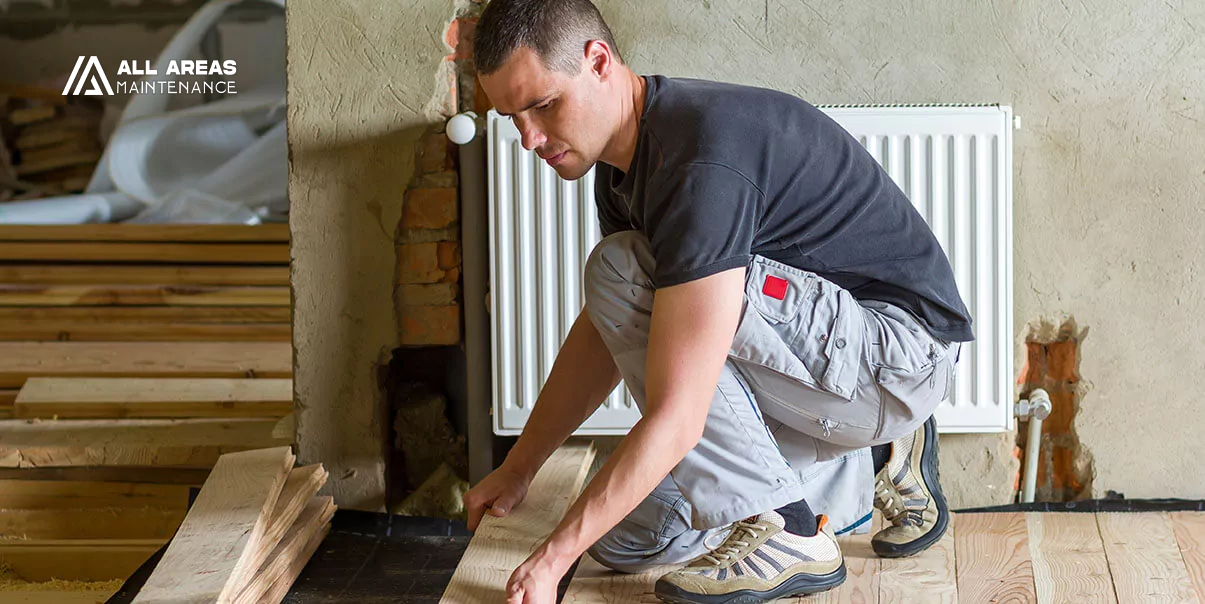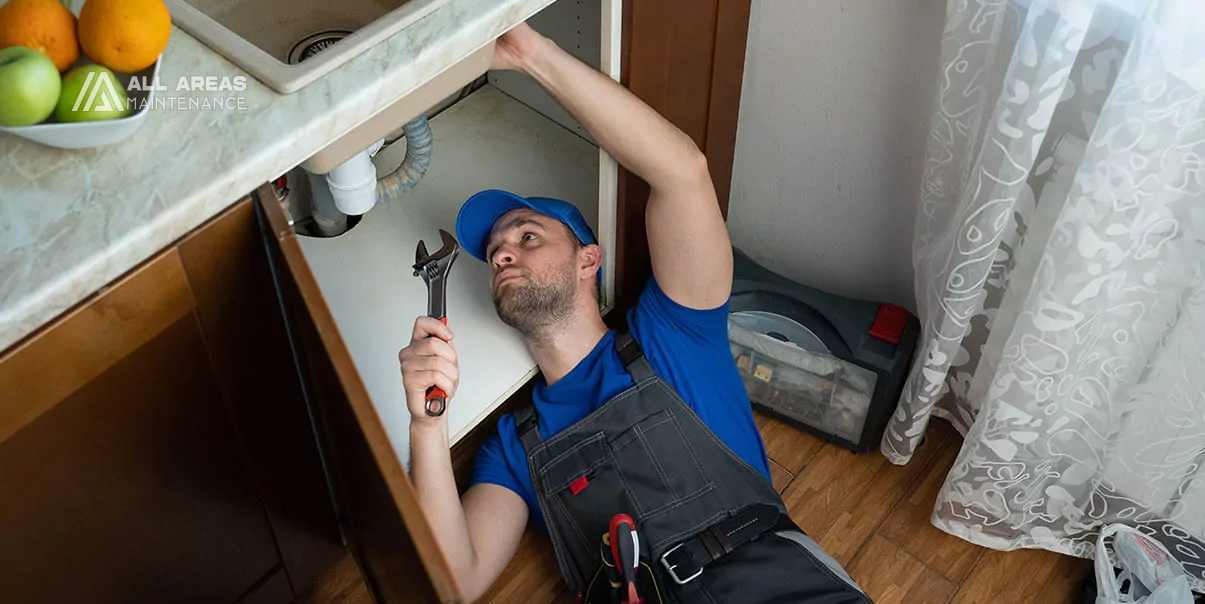Hardwood floors add timeless beauty and elegance to any home, but their durability and appearance can be compromised
Need any roof pipes replaced?
Roof pipes play a crucial role in maintaining your home’s integrity by managing drainage, ventilation, and utility systems. Over time, roof pipes can wear out due to weather, age, or improper installation, leading to leaks, clogs, and structural damage. If you suspect your roof pipes need replacement, acting quickly can save you from costly repairs down the road.

Signs You Need Roof Pipe Replacement
- Leaking Pipes Water stains on ceilings or walls could indicate leaks in roof pipes. Dripping water around pipes during or after rainfall is a common sign.
- Corrosion or Rust Metal pipes are prone to rust, which can weaken their structure and lead to leaks. Regular inspections can help identify rust before it spreads.
- Cracked or Broken Pipes Extreme weather conditions and aging can cause pipes to crack or break. Visible damage should be addressed immediately to prevent further issues.
- Clogged or Blocked Pipes Debris, leaves, or ice can block drainage pipes, causing water to back up onto your roof. Persistent clogs may indicate the need for replacement.
Signs You Need Roof Pipe Replacement
1. Leaking Pipes
- Water stains on ceilings or walls could indicate leaks in roof pipes.
- Dripping water around pipes during or after rainfall is a common sign.
2. Corrosion or Rust
- Metal pipes are prone to rust, which can weaken their structure and lead to leaks.
- Regular inspections can help identify rust before it spreads.
3. Cracked or Broken Pipes
- Extreme weather conditions and aging can cause pipes to crack or break.
- Visible damage should be addressed immediately to prevent further issues.
4. Clogged or Blocked Pipes
- Debris, leaves, or ice can block drainage pipes, causing water to back up onto your roof.
- Persistent clogs may indicate the need for replacement.
5. Damaged Flashing
- The flashing around roof pipes helps seal gaps and prevent leaks. If flashing is damaged, water can seep through and compromise the pipe’s integrity.
The Roof Pipe Replacement Process
1. Inspection
- A professional roofer will assess the condition of your roof pipes, identifying any damage or potential weak points.
2. Removing the Old Pipe
- The damaged pipe is carefully removed, ensuring no harm is done to the surrounding roofing material.
3. Installing the New Pipe
- A replacement pipe, matched to the roof’s design and material, is securely installed.
- High-quality flashing and sealants are used to ensure a watertight fit.
4. Testing and Cleanup
- The new pipe is tested to confirm it’s functioning properly.
- Any debris from the installation process is cleared away to leave your roof in pristine condition.
Why Choose Professional Roof Pipe Replacement?
Expertise and Precision
- Professionals have the tools and experience to handle roof pipe replacement safely and effectively.
Quality Materials
- Experts use durable materials designed to withstand harsh weather conditions, ensuring long-lasting results.
Time Efficiency
- A professional team can complete the replacement quickly, minimizing disruption to your daily life.
Warranty and Assurance
- Many professionals offer warranties on their work, giving you peace of mind.
Safety Compliance
- Replacing roof pipes involves working at heights, which can be dangerous without proper training. Professionals adhere to safety standards to reduce risks.
DIY Roof Pipe Replacement: Is It a Good Idea?
While some homeowners may attempt to replace roof pipes themselves, it’s often not advisable unless you have roofing experience.
- Risks: Improper installation can lead to leaks, structural damage, or safety hazards.
- Cost: Mistakes may require additional repairs, increasing overall costs.
- Time: DIY projects can take significantly longer without the right tools or expertise.
Maintaining Your Roof Pipes
To extend the life of your roof pipes and reduce the need for frequent replacements:
- Inspect Regularly: Check pipes and flashing for signs of wear or damage, especially after storms.
- Clean Routinely: Remove debris from drainage pipes to prevent clogs.
- Seal and Protect: Ensure all seals and flashing are intact to avoid water infiltration.
- Schedule Professional Inspections: Annual inspections by a roofing expert can help catch issues early.
Conclusion
Roof pipes are a vital component of your home’s roofing system, and their proper maintenance or timely replacement is essential to prevent costly damage. If you notice signs of leaks, cracks, or corrosion, don’t delay—contact a professional roofing service for an assessment.
Investing in professional roof pipe replacement ensures your home remains protected and functional for years to come. Reach out to trusted experts today and secure your home against future issues!
Leave a Reply Cancel reply
Related Posts
Respendisse quis lorem urna. Donec sed dui mollis, elementum enim quis.
Scorch marks can appear on various surfaces, including fabrics, wooden furniture, carpets, and countertops,



